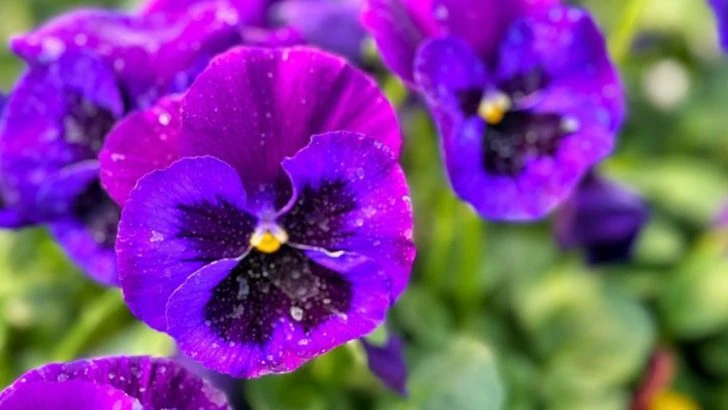Nasturtiums are beloved for their vivid color, peppery flavor, and effortless charm — but they’re just the beginning when it comes to beautiful, edible blooms. If you love the way nasturtiums brighten both your garden and your plate, it’s time to explore flowers that offer flavor, fragrance, and visual drama, all in one.
In this article, you’ll discover 13 edible flowers that are just as easy to grow, yet bring unique tastes, colors, and textures to your meals and garden beds alike. From floral garnishes to bold salad additions, these blooms do it all.
Get ready to expand your edible garden with color you can actually taste.
Violas
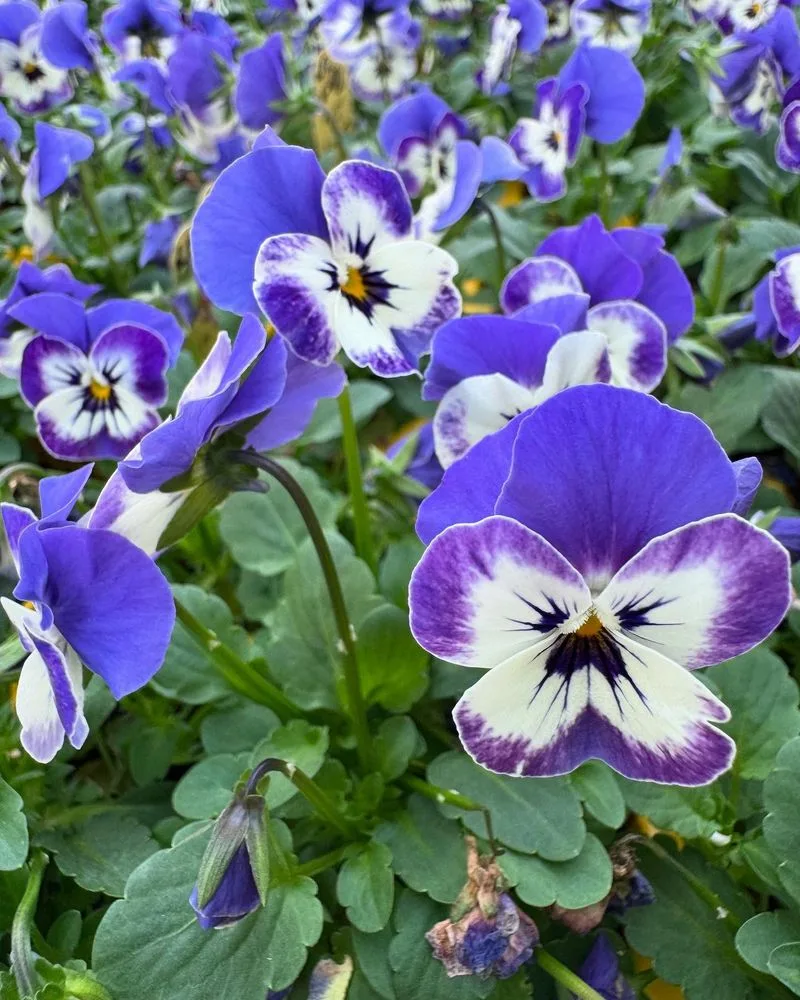
With their cheerful faces and wide array of colors, violas are a charming addition to any dish. These delicate flowers have a mild, slightly sweet flavor that complements both savory and sweet recipes. Ideal for salads or as cake decorations, violas bring a subtle floral note that’s never overpowering. Their versatility extends beyond the plate, as they also make delightful garnishes in cocktails. Did you know these blooms have been used in perfumes dating back to the 19th century? Their beauty and fragrance have made them timeless favorites in gardens and kitchens alike.
Pansies
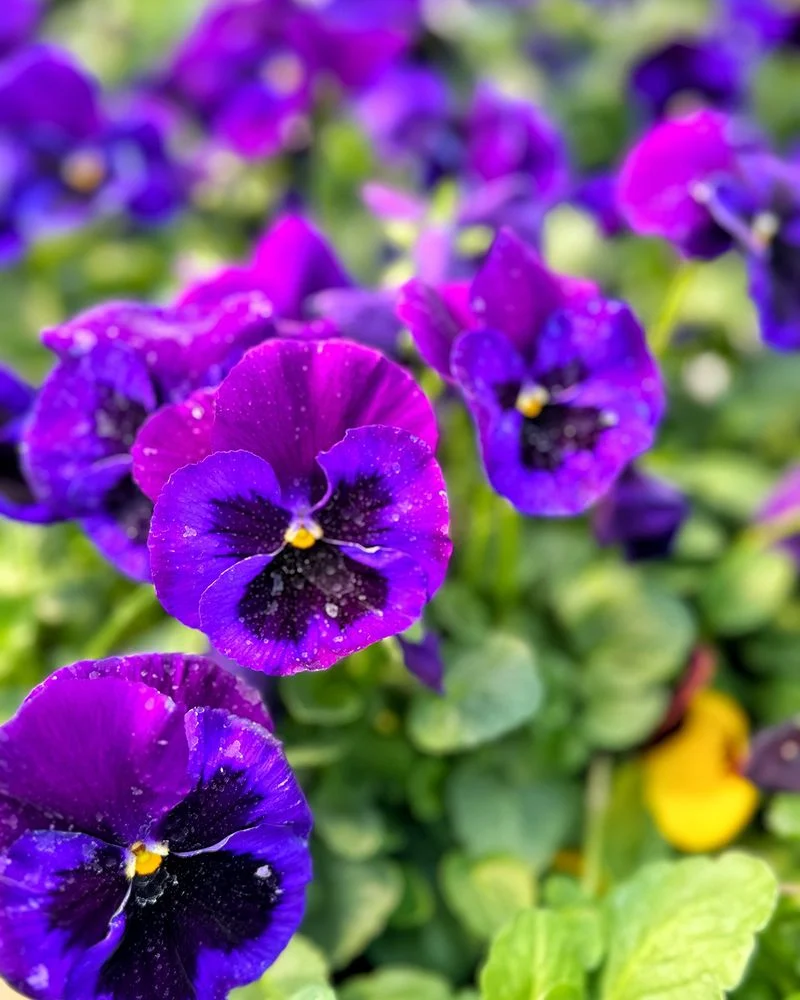
Known for their striking colors and patterns, pansies are not just for show. Their slightly grassy taste with a hint of wintergreen makes them unique and versatile. Perfect for topping desserts or adding flair to salads, pansies can brighten any table setting. Historically, they symbolize free thinking and consideration, making them a thoughtful gift. Their cheerful appearance and delightful taste make pansies a favorite among both chefs and gardeners. Whether you’re an experienced cook or a budding gardener, these flowers are sure to inspire creativity in your endeavors.
Calendula
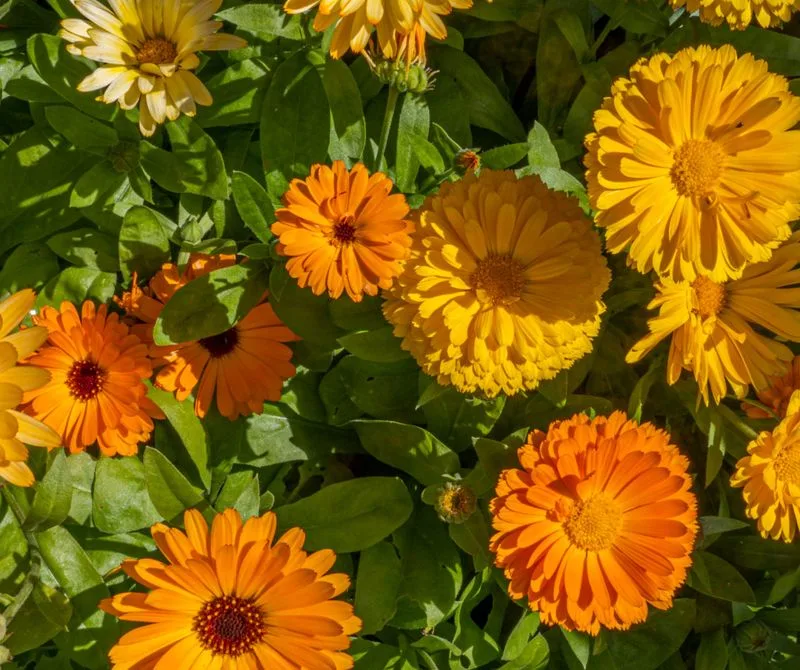
Often referred to as “poor man’s saffron,” calendula petals add a saffron-like color to dishes without the hefty price tag. These bright blooms are more than a visual treat; their slightly peppery flavor enhances soups, stews, and rice dishes. Beyond the kitchen, calendula is known for its soothing properties and has been used in herbal remedies for centuries. The sunny petals are a favorite in herbal teas and skincare. Incorporating calendula into your cooking or wellness routine is like adding a ray of sunshine to your day.
Borage
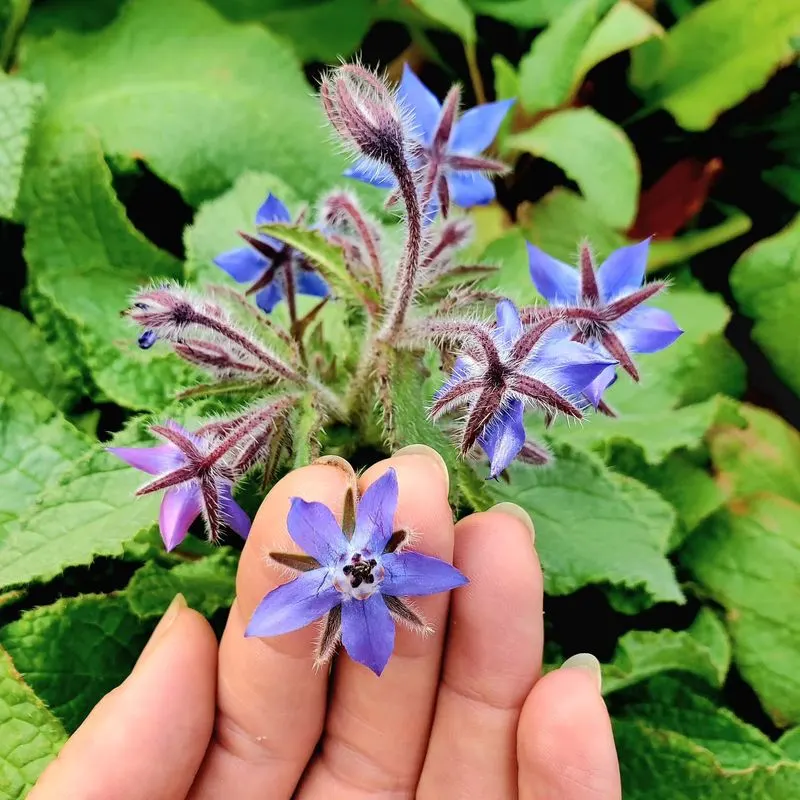
Borage flowers, with their star-like shape and vivid blue color, are as enchanting as they are tasty. Known for their subtle cucumber flavor, they’re often used in summer drinks, salads, and desserts. These flowers are not only delightful to the palate but also a favorite of bees in the garden. In folklore, borage is said to bring courage to the heart. Whether you’re using them to chill your iced tea or brighten a salad, borage flowers offer a refreshing twist to culinary creations, and they might just add a touch of bravery to your day.
Hibiscus
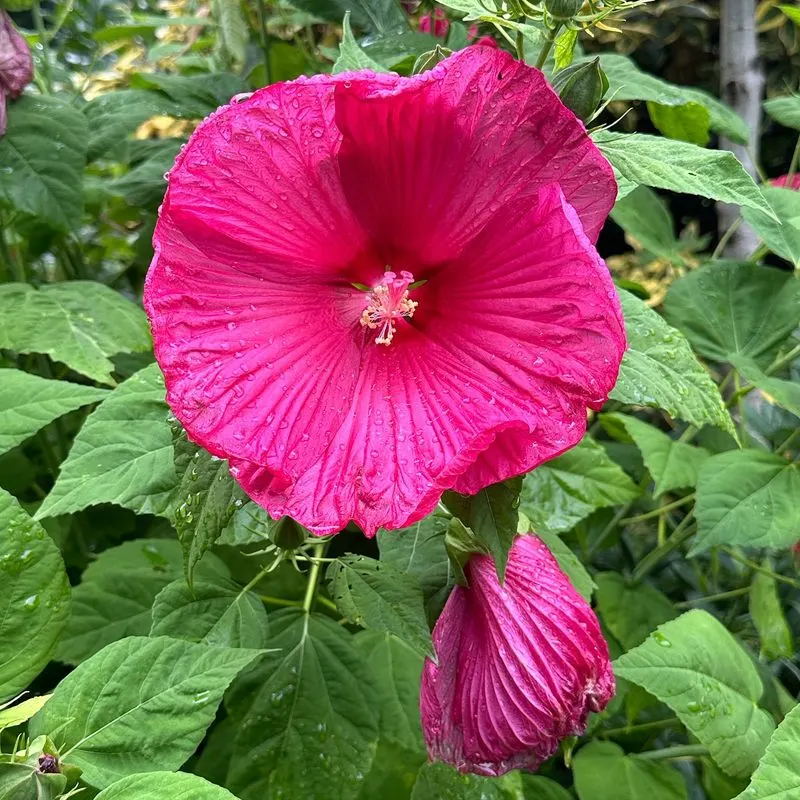
Hibiscus flowers, with their large, showy blooms, bring a tropical flair to any dish. Their tart, cranberry-like flavor is perfect for creating vibrant teas, jams, and desserts. Beyond their taste, hibiscus has health benefits, often used to manage blood pressure and improve heart health. Traditionally, these flowers have been used in cultural ceremonies and festive decorations. Bringing a touch of the tropics to your table, hibiscus flowers offer both aesthetic appeal and a unique taste sensation. Enjoy them in both traditional and modern culinary applications.
Chive Blossoms
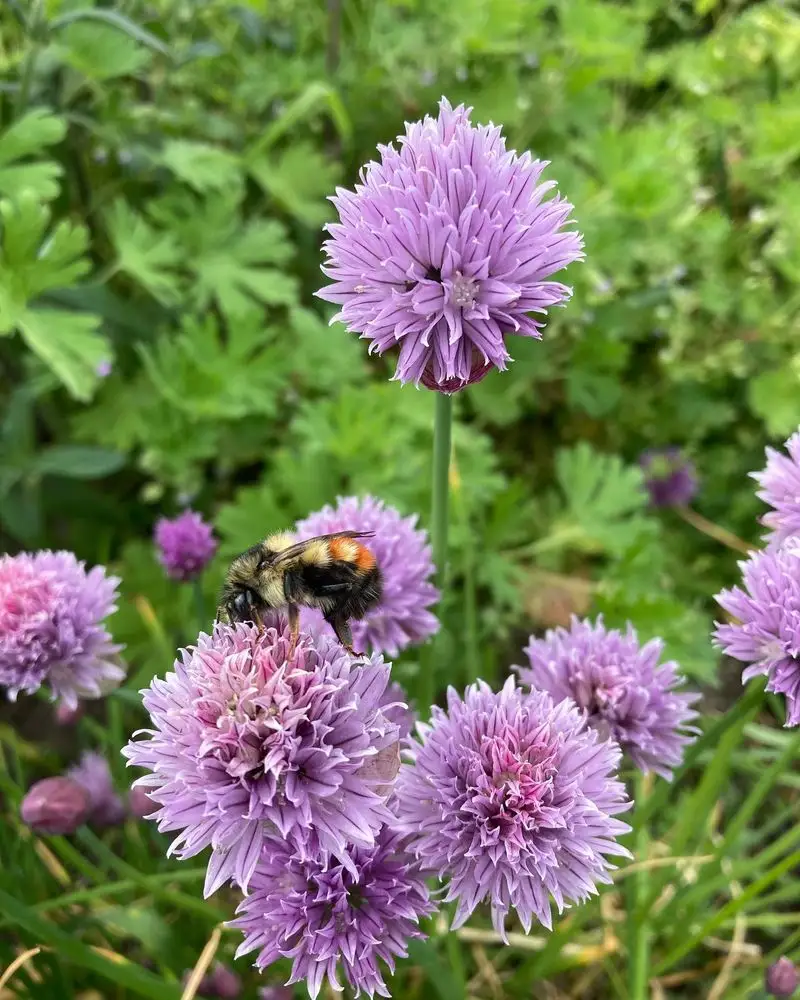
Delicate chive blossoms have a mild onion flavor that adds a subtle kick to dishes. Perfect for garnishing soups, salads, or compound butters, these flowers enhance both flavor and presentation. Their pretty purple hue adds a pop of color that elevates any meal. Chive blossoms also deter pests in the garden, making them a dual-functioning plant. With their combination of beauty and utility, these blossoms are ideal for culinary and gardening enthusiasts alike, providing a taste of summer throughout the year.
Lavender
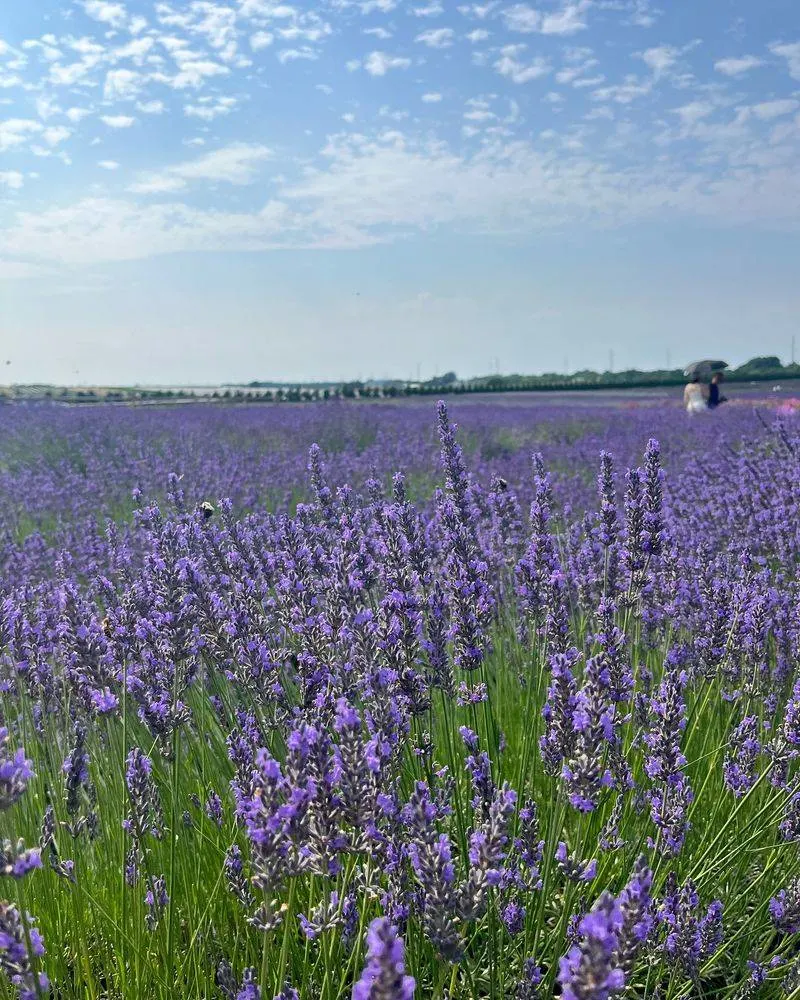
Lavender’s soothing scent is well-loved in aromatherapy, but its culinary uses are equally impressive. Its floral and slightly sweet taste is perfect for both sweet and savory dishes. From infusing honey to flavoring baked goods, lavender lends a sophisticated touch. It’s also known for promoting relaxation, making it a lovely addition to teas. Originating from the Mediterranean, lavender has a rich history of use in both gardens and kitchens. Embrace its delicate flavor to elevate your culinary creations and add a hint of tranquility to your home.
Violets
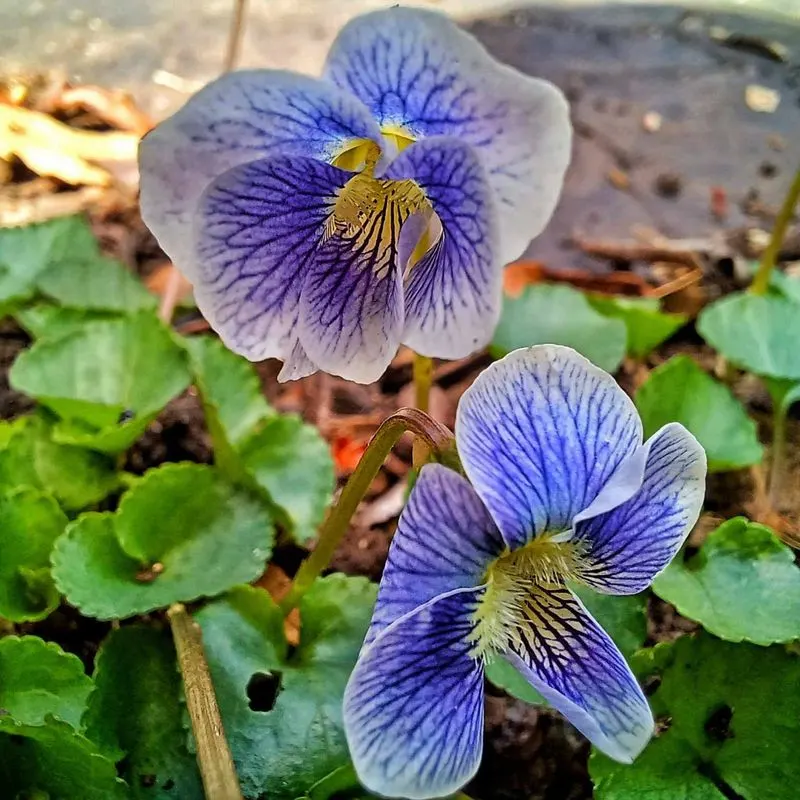
Violets offer a sweet and floral note to dishes, and their vibrant color can enhance any presentation. Often candied to decorate cakes and desserts, these flowers add an elegant touch. Historically, violets symbolized modesty and faithfulness, and they have been used in perfumes and medicine. Their soothing properties make them a favored ingredient in herbal remedies. Whether sprinkled over a salad or used in a syrup, violets bring a touch of nostalgia and elegance to your table, reminiscent of springtime’s gentle embrace.
Rose Petals
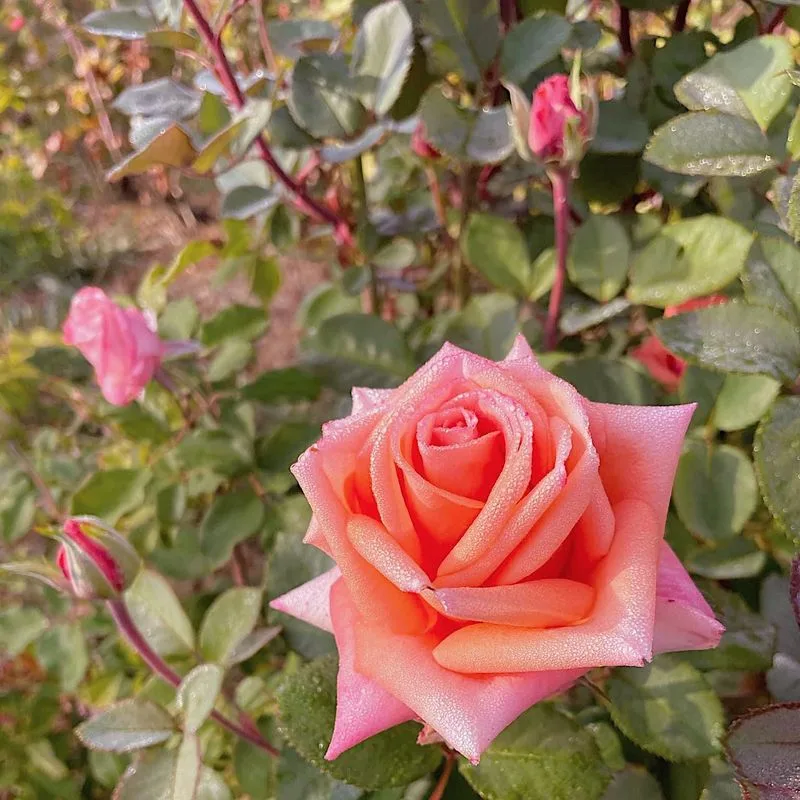
Rose petals aren’t just for romance; they bring a rich floral flavor to culinary creations. From rose-infused syrups to flavored butters, these petals offer limitless possibilities. Historically linked to love and beauty, roses have been cherished in gardens and kitchens for centuries. Their delicate fragrance and taste can elevate both sweet and savory dishes. Whether you’re crafting a rose petal jam or a refreshing summer drink, these petals add a luxurious touch. Invite a bit of romance and elegance into your cooking with the timeless allure of roses.
Dandelions
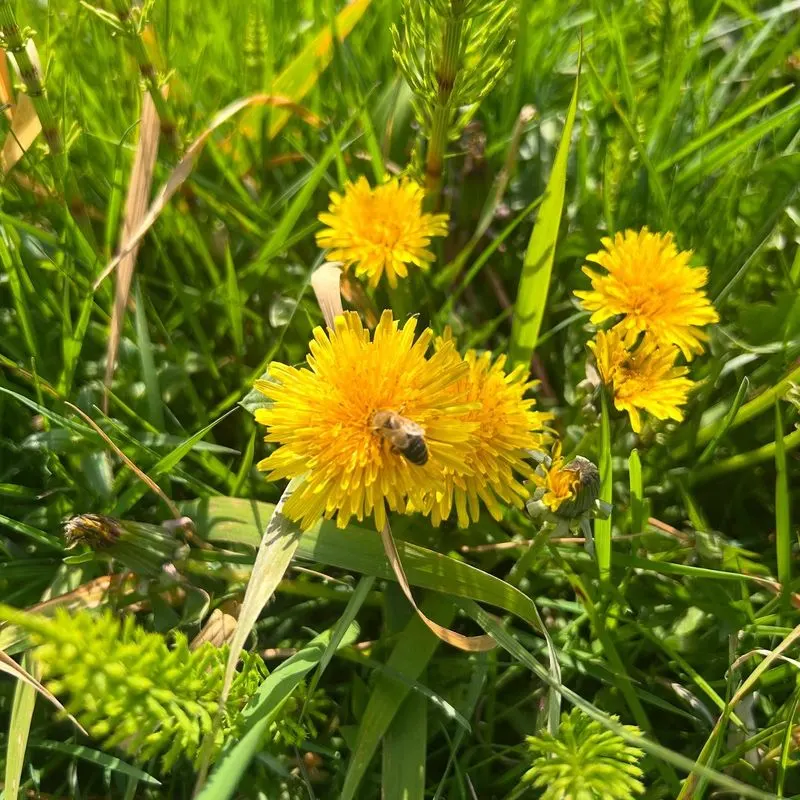
Often dismissed as weeds, dandelions offer surprising culinary potential. Their slightly bitter taste is akin to chicory and works well in salads and sautés. Rich in vitamins and minerals, dandelions are a nutritional powerhouse. Historically used in herbal medicine, every part of this plant is edible, from root to flower. Incorporating dandelions into your diet is both a sustainable and nutritious choice. They remind us to see beauty and utility in unexpected places, offering health benefits and a touch of whimsy to your meals.
Chamomile
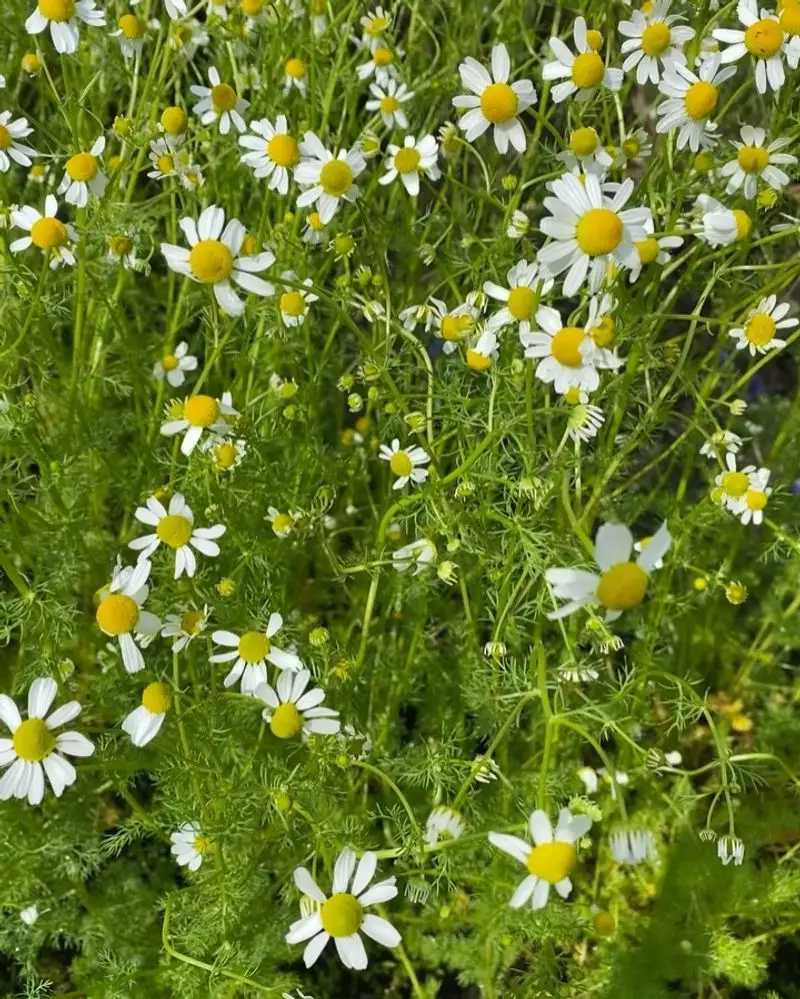
Chamomile flowers are synonymous with relaxation, often enjoyed as a calming tea. Their apple-like flavor adds a gentle touch to desserts, syrups, and infusions. Beloved for its soothing properties, chamomile has a long history in herbal medicine. Adding these blooms to your culinary repertoire brings a touch of serenity to your creations. Whether in a soothing tea or a fragrant dessert, chamomile flowers offer comfort and elegance. They invite you to pause and enjoy the present moment, wrapped in the gentle flavor of peace.
Nasturtiums
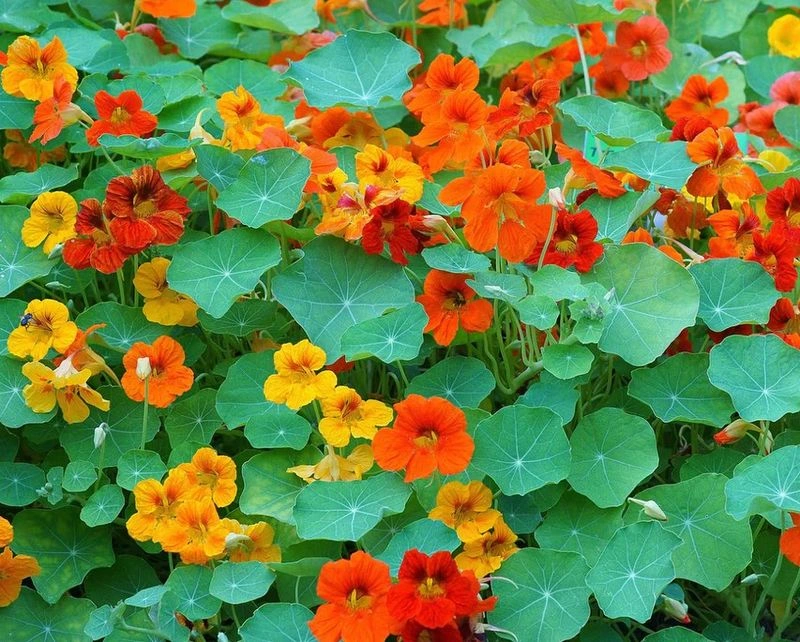
Nasturtiums are not only easy to grow but also delightful in the kitchen. Their peppery flavor is reminiscent of watercress and pairs well with salads and sandwiches. Beyond their culinary appeal, these flowers are a vibrant garden favorite, attracting beneficial insects. Originally from South America, nasturtiums have made their way into gardens worldwide. Incorporating them into your dishes brings both color and flavor, making meals visually appealing and tasty. They offer a spicy surprise that can transform ordinary dishes into extraordinary creations.
Sunflowers

Beyond their towering beauty, sunflowers offer edible petals and seeds. Their mild, nutty flavor is perfect for salads, garnishes, or simply as a snack. Historically, sunflowers have been symbols of adoration and loyalty. The seeds are a rich source of nutrients, and the petals add a splash of color to your plate. Sunflowers invite you to embrace the joy of summer, bringing a sunny disposition to your culinary endeavors. Their cheerful presence in gardens and kitchens alike makes them a beloved choice for those seeking both beauty and taste.

